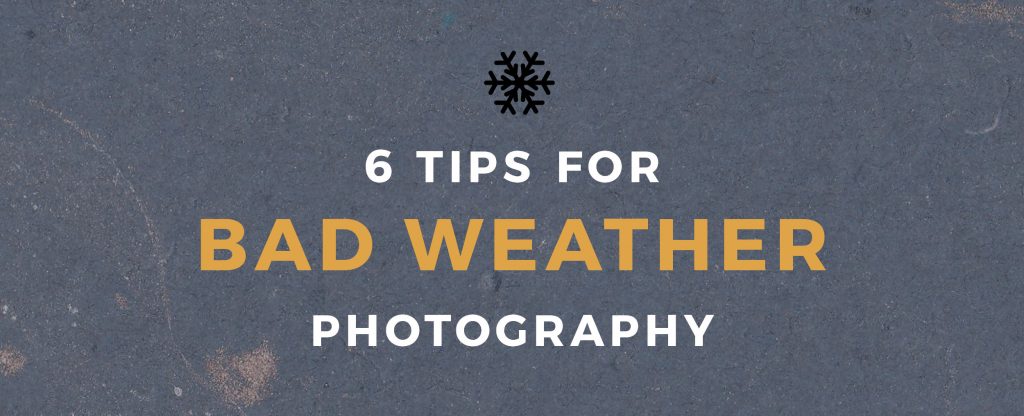
I spend a lot of time in the field, in large part because I often have to wait out bad weather in the hopes of getting the occasional good conditions. Yep, I get rained on… a lot. Poor shooting conditions can strike anytime, anywhere. Over the years, I’ve developed several strategies for dealing with bad weather photography. These aren’t by any means silver bullets, but they can help you eke out a few good shots even when things look really bad.

Cloudy and rainy days may not be great for colorful sunrise and sunset skies, but they work well for certain types of subjects. For example, overcast days are perfect for waterfalls, streams, and forest scenes. In bad weather photography, a little bit of a drizzle can enhance the quality of the scene, darkening bright rocks and saturating colorful foliage (remember to use a polarizer to remove glare from wet surfaces and bring out the best colors). Certain intimate subjects work best in flat light as well, as do some wildlife subjects.
For this image of Skógafoss, a waterfall in Iceland, the gloomy light was perfect for capturing the falls and the bright green foliage. The dark storm clouds above—the next wave of rain coming in—enhance the mood and help to frame the waterfall and interesting rock formation on the left.

Gloomy weather might not be what you came for, but sometimes it can enhance the mood. With a little creativity, you can find a way to make bad weather photography work to your advantage. For this photograph of a small glacial-fed waterfall in Iceland, the blue stormy clouds were a perfect complement to the glacial blue waters of the river. I carefully chose my shutter speed to creatively blur the churning waters.

Even on the cloudiest of bad weather photography days you’ll often get short, unexpected periods of clearing. Aim to be on location as much as possible and you’ll be in a position to take advantage of these brief openings. One morning, I hiked to this waterfall even though it looked gloomy and I was getting rained on. I was lucky when a small gap in the clouds appeared on the eastern horizon just as the sun was coming up, bathing the entire scene in pink light—even the morning rainbow over the falls.
Related video: Learn More About Photographing Waterfalls

Gray skies mean gray light, which for many landscape subjects isn’t very flattering. It you shoot during the morning or evening twilight, however, you’ll get lots of blue light filtered through the clouds, much more than during the rest of the day. This type of bad weather photography can help add some much needed color to a stormy scene. Just remember to set your white balance to the daylight preset or cooler to keep the blue color, as your camera’s automatic white balance might try to warm up the scene and render it as a neutral gray. For this image of a sea stack on the coast, a hint of blue was all I needed to successfully execute this moody image; having storm clouds with plenty of texture added some drama to the scene. I chose a long exposure to artistically blur the motion of the water.
Related video: Composition Techniques in Photography: Setting the Mood

Sometimes it’s worth getting into your car and trying to drive far enough to get to the edge of the bad weather. I call this the “Hail Mary pass”—not unlike in football, you take a big gamble because your options are limited, and you need to go long and do something big in order to win. Having access to a good weather forecast or satellite map so you can plan your Hail Mary pass is helpful.
For this image, I drove all day to find the edge of the storm hanging over the western two-thirds of Iceland; I ended up in a remote part of the island’s eastern fjords. My Hail Mary pass paid off, and I was rewarded with a beautiful aurora borealis display that night. The clouds caught up with me the next morning, but I got what I wanted!

Sometimes the best thing to do during bad weather photography is to sit tight and wait things out. Eventually, the weather will change, and good light will return. I waited several days at this location in the eastern fjords of Iceland until the weather finally cleared, giving me a beautiful sunset. A little bit of patience—and some flexibility as to where and when I had to be—meant the difference between returning from this shoot empty-handed and returning with successful images.
Conclusion
The best landscape photos often happen when bad weather suddenly breaks. So the next time bad weather heads your way, don’t despair. Instead, use the landscape photography tips above to make the most of it, and hope for something stunning to happen!
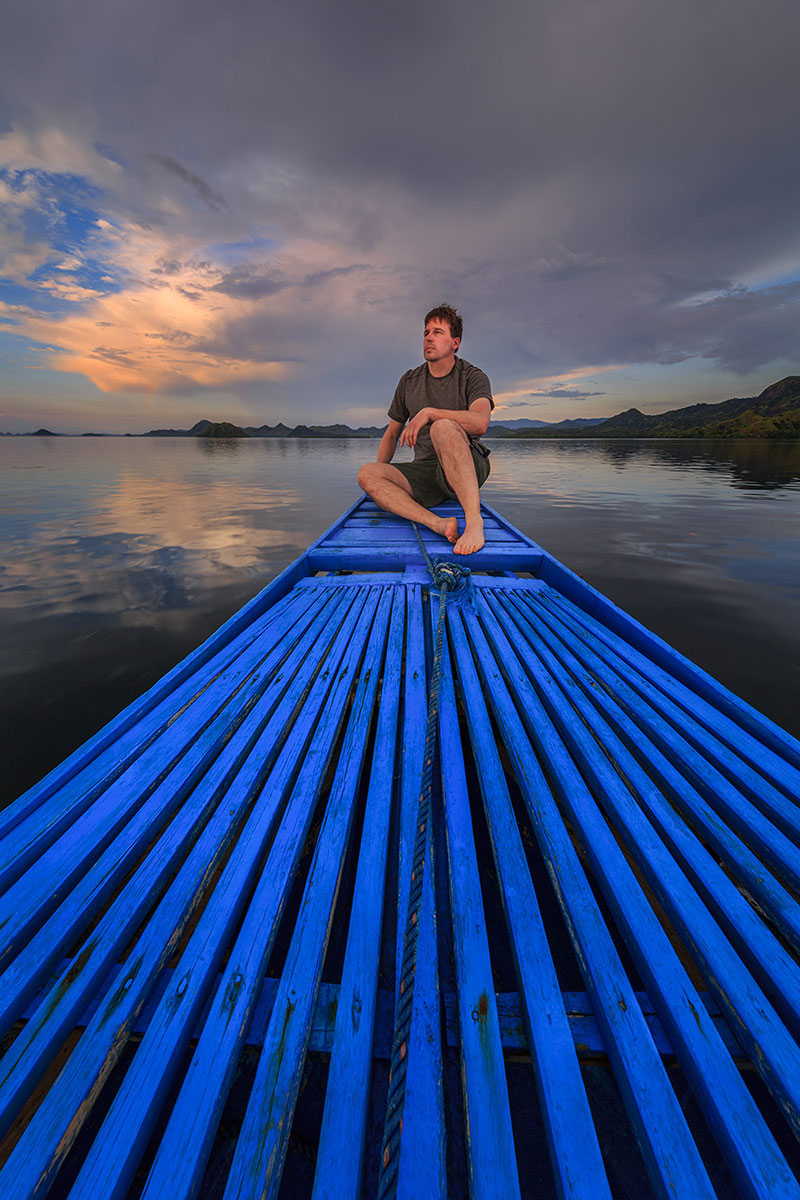
About the author: World-renowned professional photographer and Tamron Image Master Ian Plant is a frequent contributor to a number of leading photo magazines (including Outdoor Photographer, Popular Photography, Landscape Photography, and others). You can see more of his work at www.ianplant.com.
Have something to add to the story? Leave a comment or email editor@outdoorphotographyguide.com.
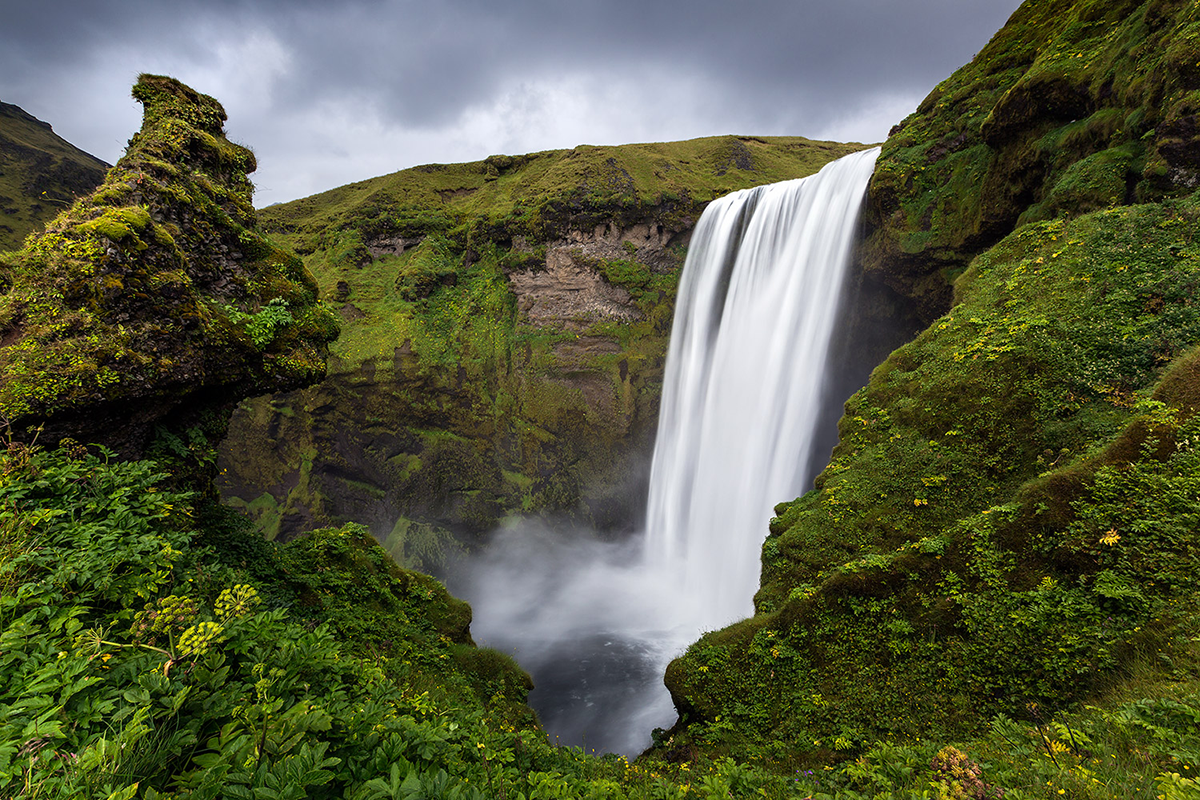
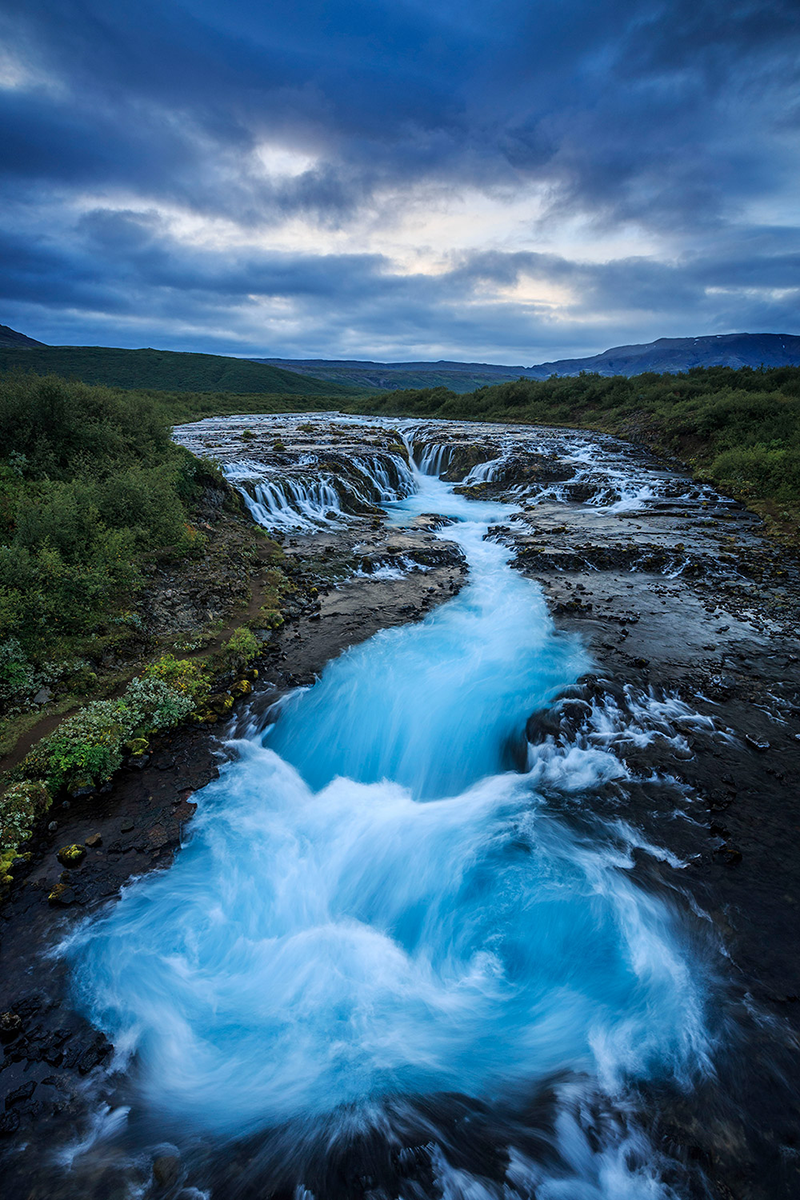
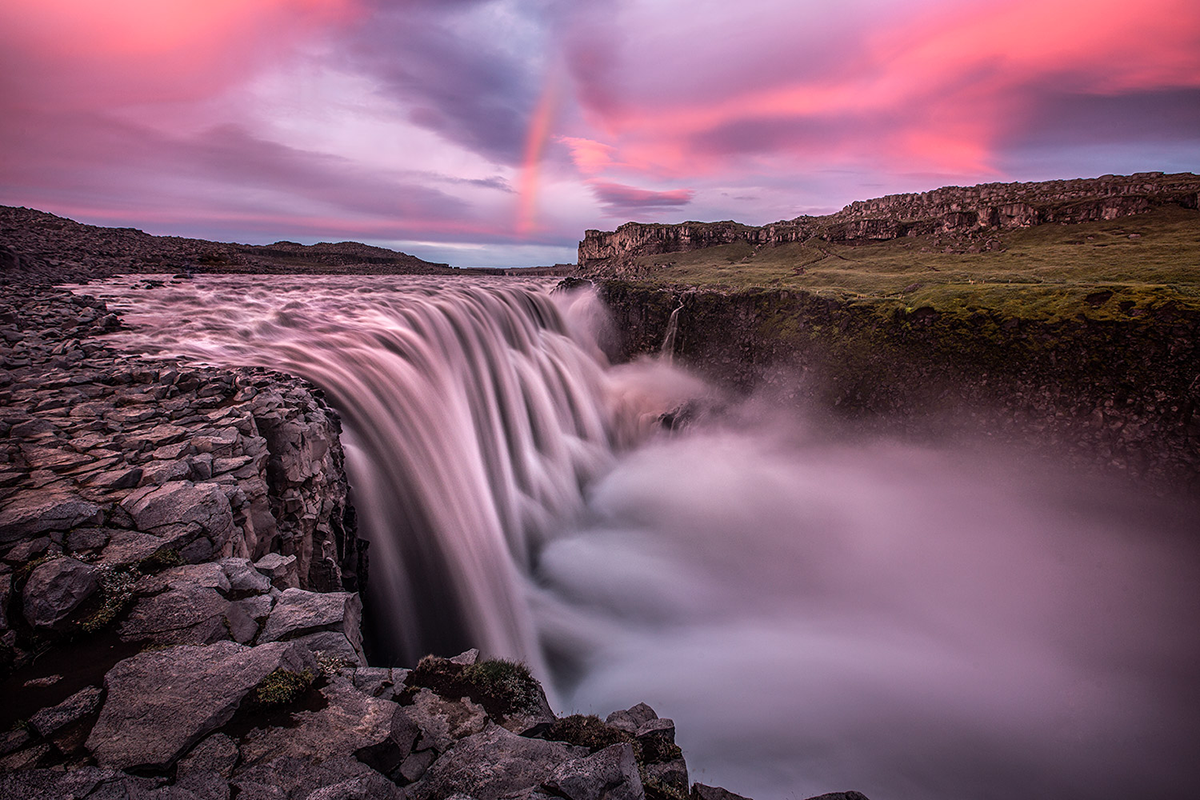
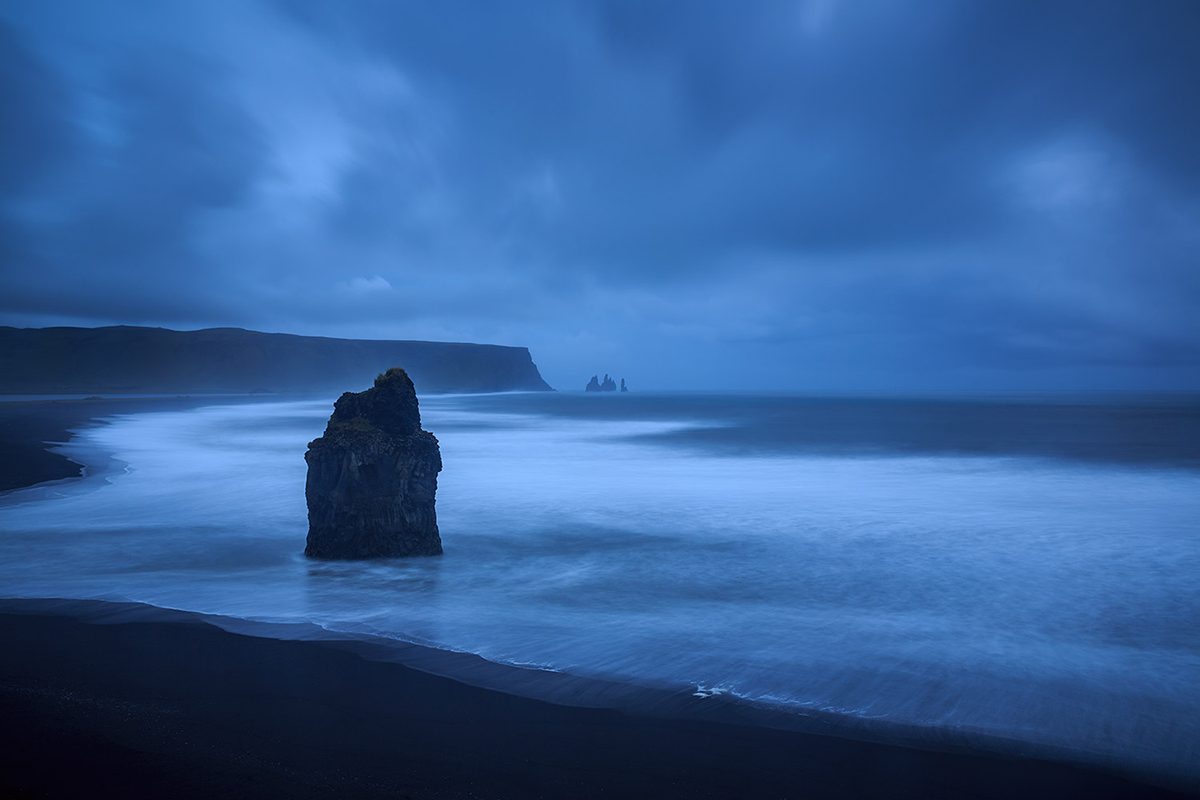
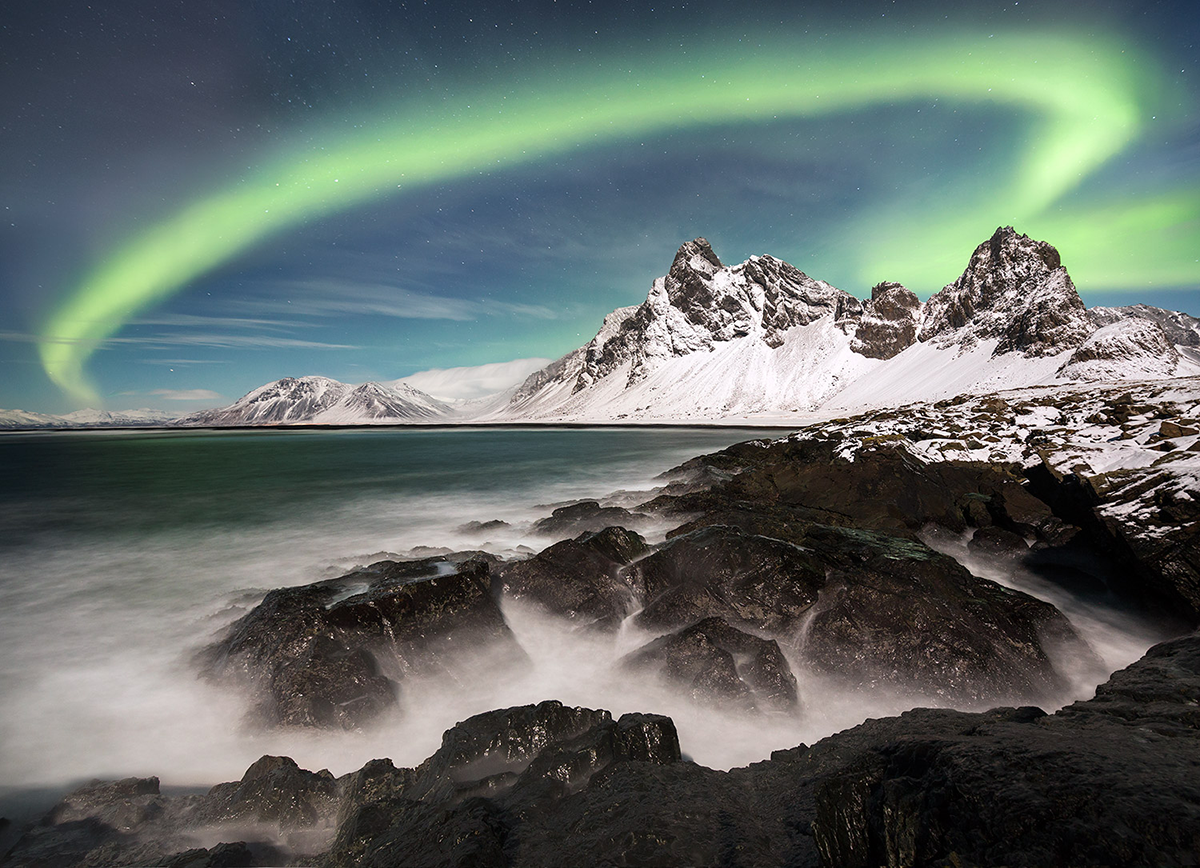


I spend my rent in full and now adding the council tax and other bills there isnt significantly left.
[…] weather conditions enhance a given shoot, like the backdrop of a cloudy sky vs. an impressive waterfall surrounded by lush green. Likewise, light can complement or frame the colors of a […]
I noticed you use a polarizing filter and a reverse graduated neutral density at the same time for some photos. Is there a particular order you attach them in? And why both of them?
Wow, great pictures! Makes me realize how much i need a tripod and gives me hope for bad weather situations. It would be very interesting to see one of these pictures without post-processing. Just to know if i suck at taking pictures, or at doing adjustments :)
Don't forget to look for bad weather--sometimes that is when you get the very best landscapes. Weather can make YOUR photos unique, even in a location that is over photographed.
What is a reverse graduated ND filter?
Great advice and info. Beautiful images. Thanks.